CliniClowns
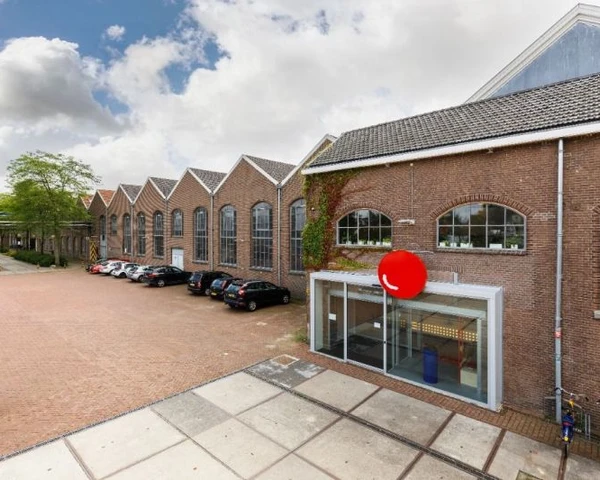
Permeable system
Air flows gently through the entire surface of the permeable fabric.
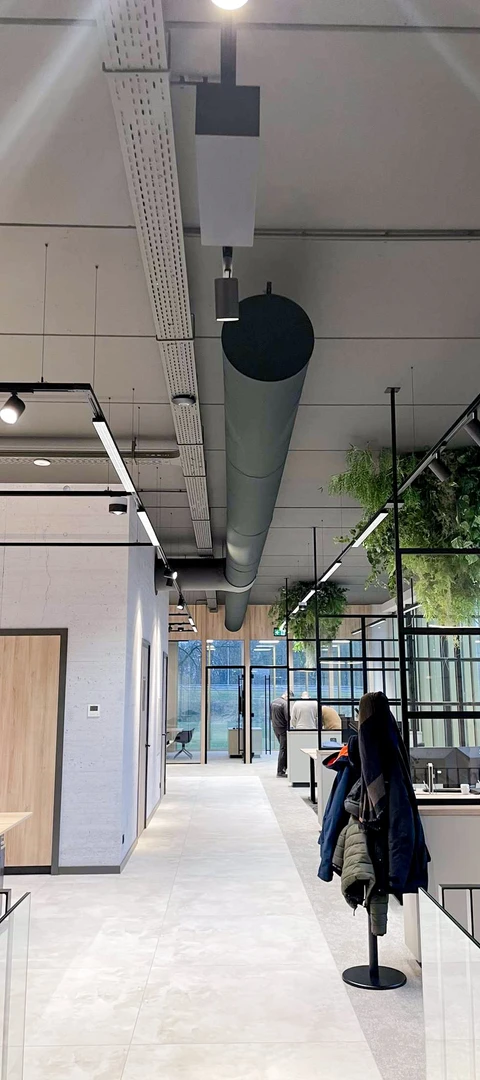
The fabric as a full-surface diffuser.
In a permeable system, air is supplied to the space evenly through the entire surface of the textile duct. The airflow velocity is very low, so the air is unobtrusive and doesn’t create strong flows that would blow papers off desks.
The entire principle is based on passive air movement driven by temperature difference. This allows the supply air to naturally mix with the ambient environment – without turbulence, noise, or the need for directional control.
The result is calm and even ventilation, ideal for cooling or fresh air supply.
However, it is important to note that this principle is not suitable for supplying warm air. At low exit velocities, warm air would rise to the ceiling and remain unused.
Cooling at a temperature difference of 3°C
When used for cooling, the permeable system is highly efficient. Cooler air has a higher density than the surrounding air, which means that after leaving the textile diffuser, it naturally sinks down. There is no need to direct or accelerate the airflow. The movement occurs on its own, purely based on physical laws.
The temperature difference (for example, 3 °C) determines the descent speed and the depth of penetration of the cold air. Due to the low exit velocity, there is no turbulence or thermal shock – the air mixes gradually, smoothly, and without draughts.
This principle ensures even and comfortable cooling, even in larger spaces, without the need for complex distribution systems or additional components.
Efficient ventilation
During ventilation, the supplied air has the same temperature as the existing air in the room. The exchange process is therefore based solely on the principle of diffusion – the spontaneous intermixing of two air masses with the aim of achieving uniform distribution throughout the space.
The supplied air is evenly dispersed in all directions within the room.
Heating at a temperature difference of 3°C
The permeable system is not suitable for heating, and the reason is simple: warm air is lighter and, without directional control, it rises to the ceiling. Because it exits the textile diffuser at a very low velocity, it doesn’t reach the occupied zone where it’s actually needed. The result is a warm ceiling and a cold lower part of the room.
Even a small temperature difference (e.g., +3 °C compared to room air) can lead to inefficient heating and significant energy losses.
For the supply of warm air, we recommend using a hybrid or non-permeable system, which allows for higher exit velocities, airflow direction control, and extended reach. These options enable targeted heat delivery where it is actually needed.
Your premises, Our solution.
Let us inspire you how to handle the air distribution in your project.

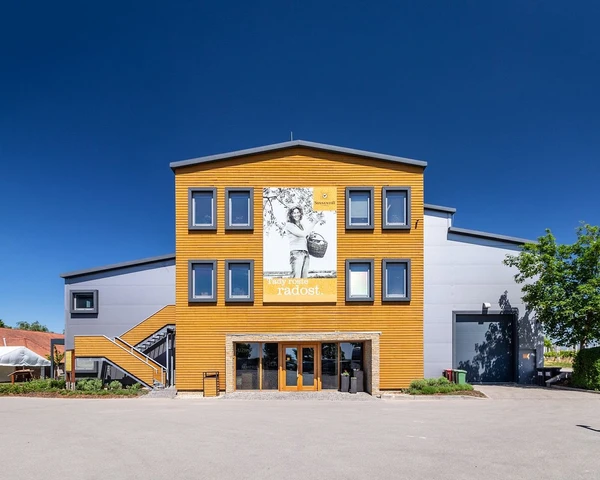
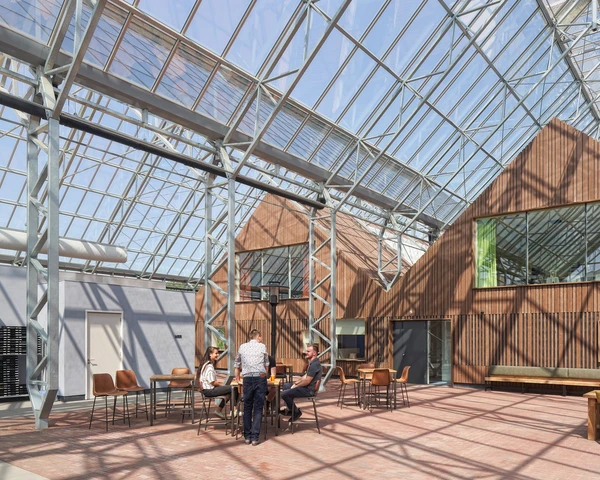
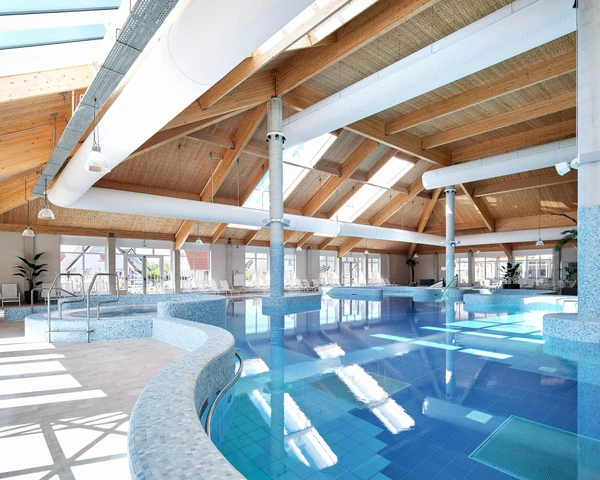
Our expert sales representatives are ready to advise you on design or handle any project.
With us, you can expect a response to your request within 24 hours.